The Differences Between Kanto and Kansai: Japan’s Two Major Metropolitan Areas
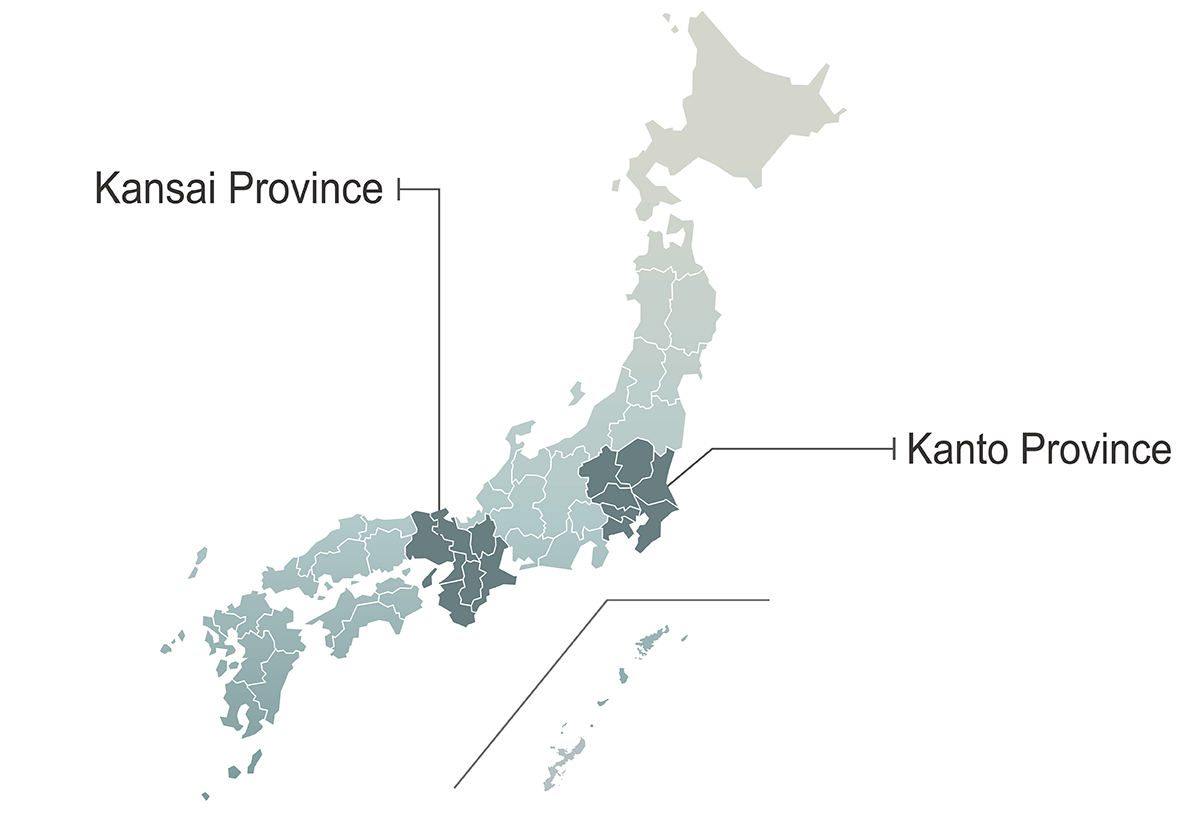
When traveling between Japan’s two major metropolitan areas, Tokyo and Osaka, and their respective surrounding areas, you may find the contrast in ways of life to be like night and day. From the food, to even the language, Japan’s Kanto and Kansai regions couldn’t be more distinct from one another. Here are some of the main differences between life in Kanto and Kansai.
Table of contents
A Difference in Dialects
One of the biggest differences you’ll hear about when it comes to the Kanto and Kansai regions is the way the locals speak Japanese. In short, the styles with which the two regions speak can be described as monotone for Kanto, versus expressive for Kansai. Let’s go a little further into specifics.
The Japanese you’ll hear in Kanto areas such as Tokyo, Chiba or Yokohama, may be referred to as “standard Japanese.” The tone is very flat and straightforward, and is what you will commonly hear in media such as TV or film. Kansai dialect, however, comes with a personality all its own. So dynamic in its pitch and tone, Kansai dialect can be difficult for even Kanto natives to catch, let alone non-Japanese who are new to the region.
Kansai even comes with its own words in some cases that deviate from standard Japanese, such as the following:
-
Thank you:
– Arigatō in standard, ōkini in Kansai
-
Cool:
– Kakkoii in standard, shutto shiteru in Kansai
-
Friend:
– Tomodachi in standard, tsure in Kansai
-
Excuse me:
– Sumimasen in standard, sunmasen in Kansai
-
Mother:
– Okāsan in standard, okan in Kansai
Because of the emotional, expressive nature that Kansai dialect is known for, it is seen by some from the Kanto region as a bit rough around the edges and unseemly, prompting some Kansai natives living in cities like Tokyo to try and conceal their accent.
Conflicting Cuisine
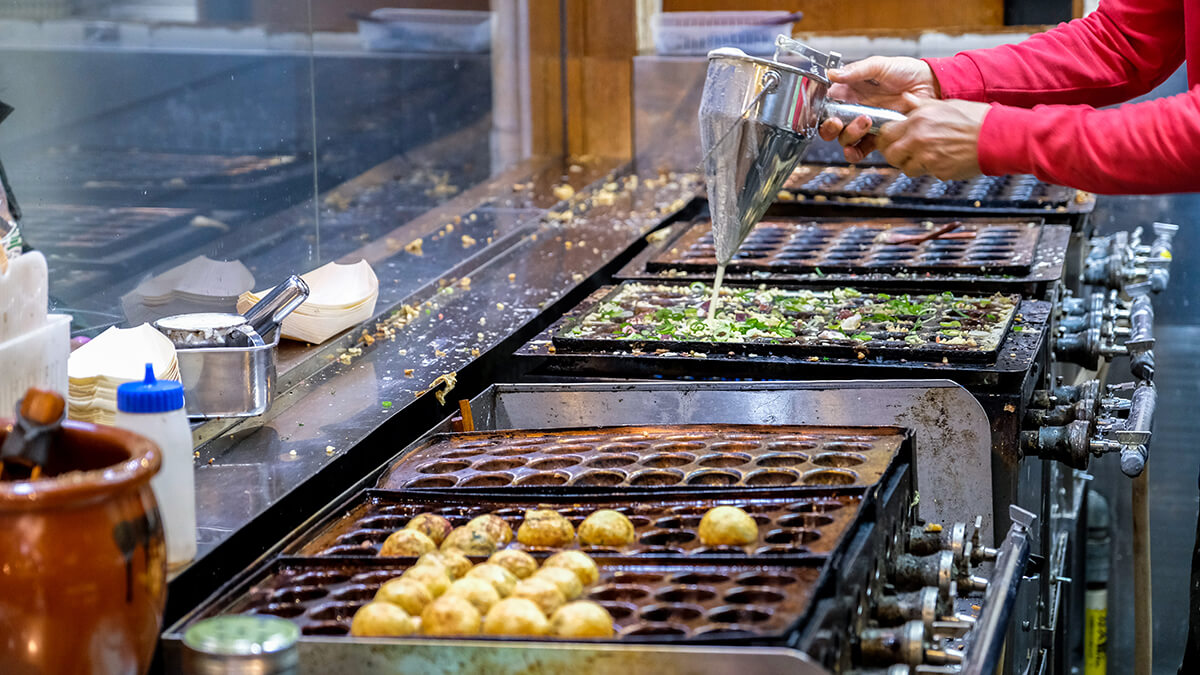
Japan overall is a paradise for almost any type of gourmet experience, with Kanto’s Tokyo leading the world in the most Michelin-starred restaurants in a single city. Kansai is not to be overlooked, however, as the locals take pride in their cuisine, with some unique offerings of their own. So how does the food in Kanto differ from Kansai, exactly?
Flavors
Particularly when it comes to soups and broths, the Kanto region utilizes bonito fish flakes, which results in a strong, pungent flavor with darker color, while Kansai region incorporates dried kelp, which gives its broths and soups a lighter hue, and a taste that’s a bit salty but not as strong as those from Kanto region.
Meat Preference
We’ve all heard of Kobe beef, and given that it’s one of the Kansai city’s signature exports, it should come as no surprise that beef is the meat of choice for inclusion in Kansai cuisine. This also comes from the fact that the Kansai region was traditionally a large cattle-raising area in Japan. In the Kanto region, raising pigs was a much easier task than raising cattle, so pork became the meat of choice for their dishes.
Street Food Selections
Street food is a fun part of the dining experience no matter where in Japan you are. For the Kansai region, the preferred street food is takoyaki, which is octopus fried inside a ball-shaped batter. In Kanto, they love yaki manju, which are buttery Japanese baked goods filled with sweet beans and topped with miso paste. These originated in Kanto’s Gunma prefecture.
Difference Between Personalities in Kanto and Kansai Natives
Many non-Japanese feel it’s much easier to spark a conversation with someone from the Kansai region, as they appear more personable with strangers. Japanese from the Kansai region are known for being very outgoing and boisterous, with loud voices and an anything-goes sense of humor. A lot of times, Kansai humor can include taking jabs at not only your closest friends, but even your colleagues. This type of humor may not sit well with those from the Kanto region, who are typically more quiet and reserved.
Some people from Kansai might interpret the quietness of Kanto residents as coldness. Some hypothesized reasons for the contrasting personalities in Kanto, particularly in a city like Tokyo, is due to the fast-paced, always-on work culture where there doesn’t seem much time to make friends, let alone start a conversation with a random stranger.
Another contributing factor is the fact that Tokyo is a transplant city, with many of its residents having migrated from other parts of Japan. Since the diverse backgrounds and customs could potentially come into conflict with each other, it is speculated that Tokyo residents believe society in the metropolis would be more peaceful if everyone kept to themselves.
Pedestrian Etiquette
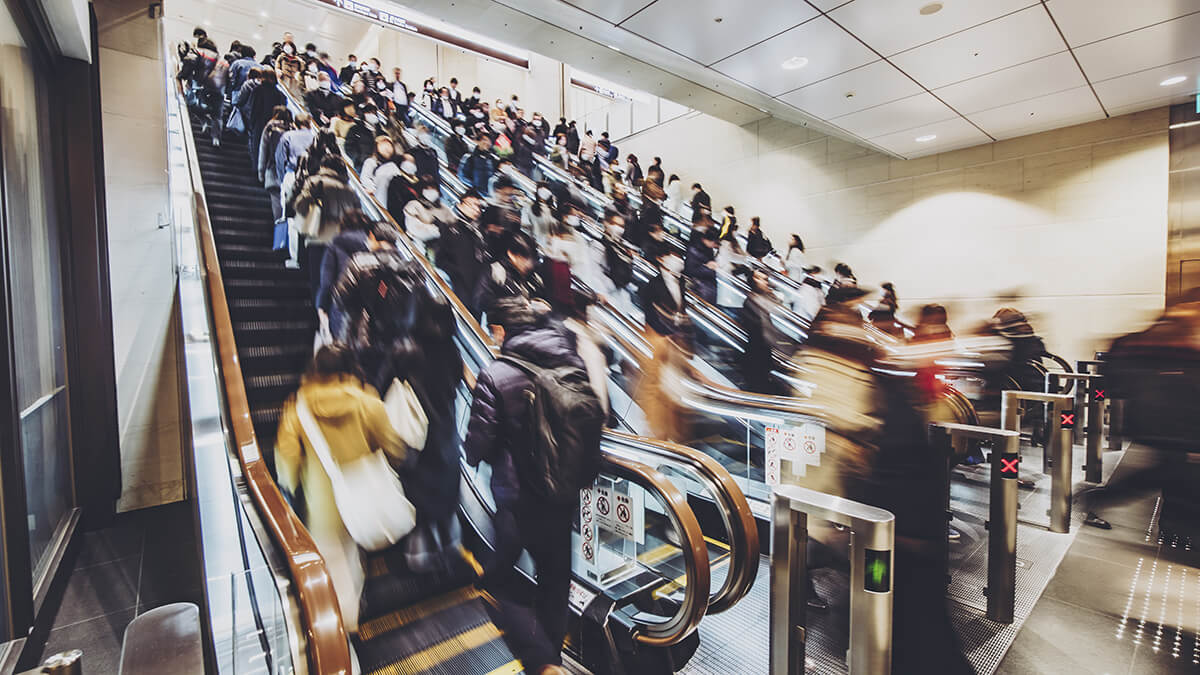
Living in Tokyo, one thing that is always interesting to witness is a Japanese person standing on the right side of the escalator, unwittingly jamming up the people traffic in front of them. Actually, there’s a pretty good chance they have no idea they’re in the wrong. The reason is because in Kansai, people stand on the right side of the escalator and let others pass on the left, while it’s the exact opposite in the Kanto region.
This can cause a mild agitation, but speaking from personal experience, it’s a mistake that can easily be made for a Kanto resident visiting Kansai as well. Just don’t let the sneers get to you.
Two Sides of the Same Coin
People from the Kanto and Kansai regions may have their own preconceived notions about one another, and some of those feelings may even be a little more extreme than others. But as an outsider I feel there’s so much to love and appreciate about each. Being an East Coast native who migrated to Los Angeles later in life, I would classify Kansai as LA to Kanto’s (particularly Tokyo) New York. These two dichotomous lifestyles work together to give Japan a multi-faceted character that’s just begging to be explored.

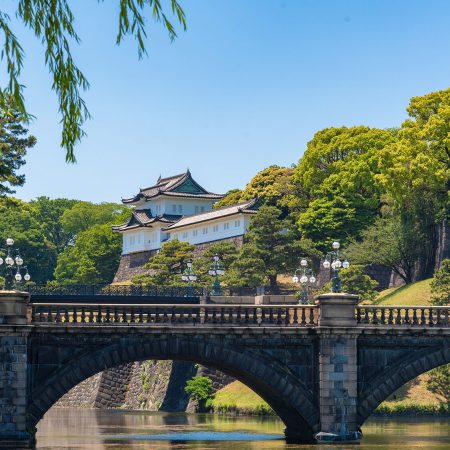
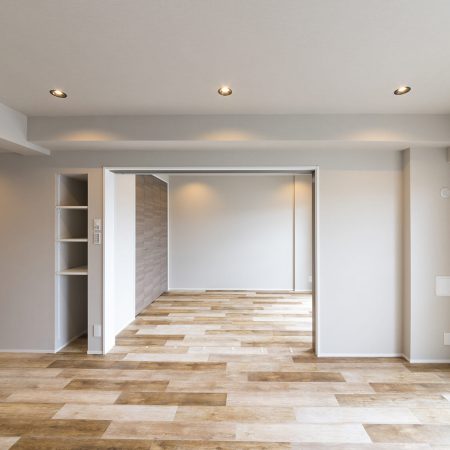
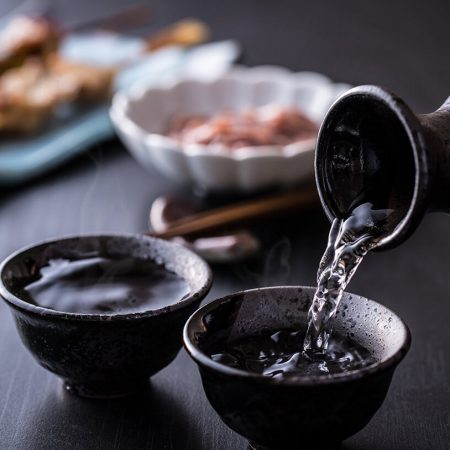
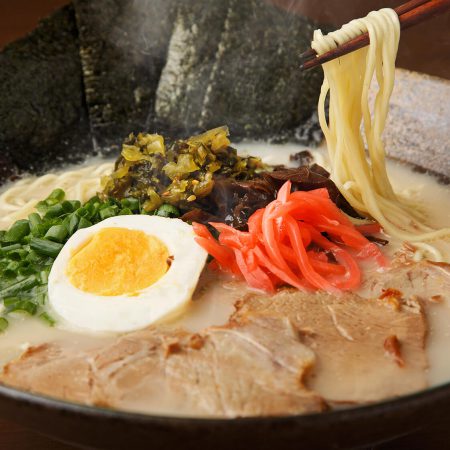
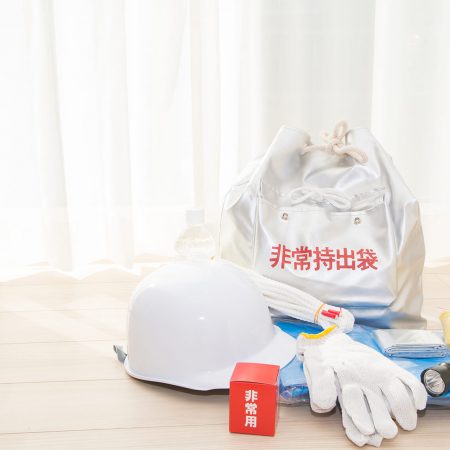



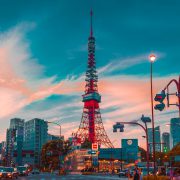


Leave a Reply